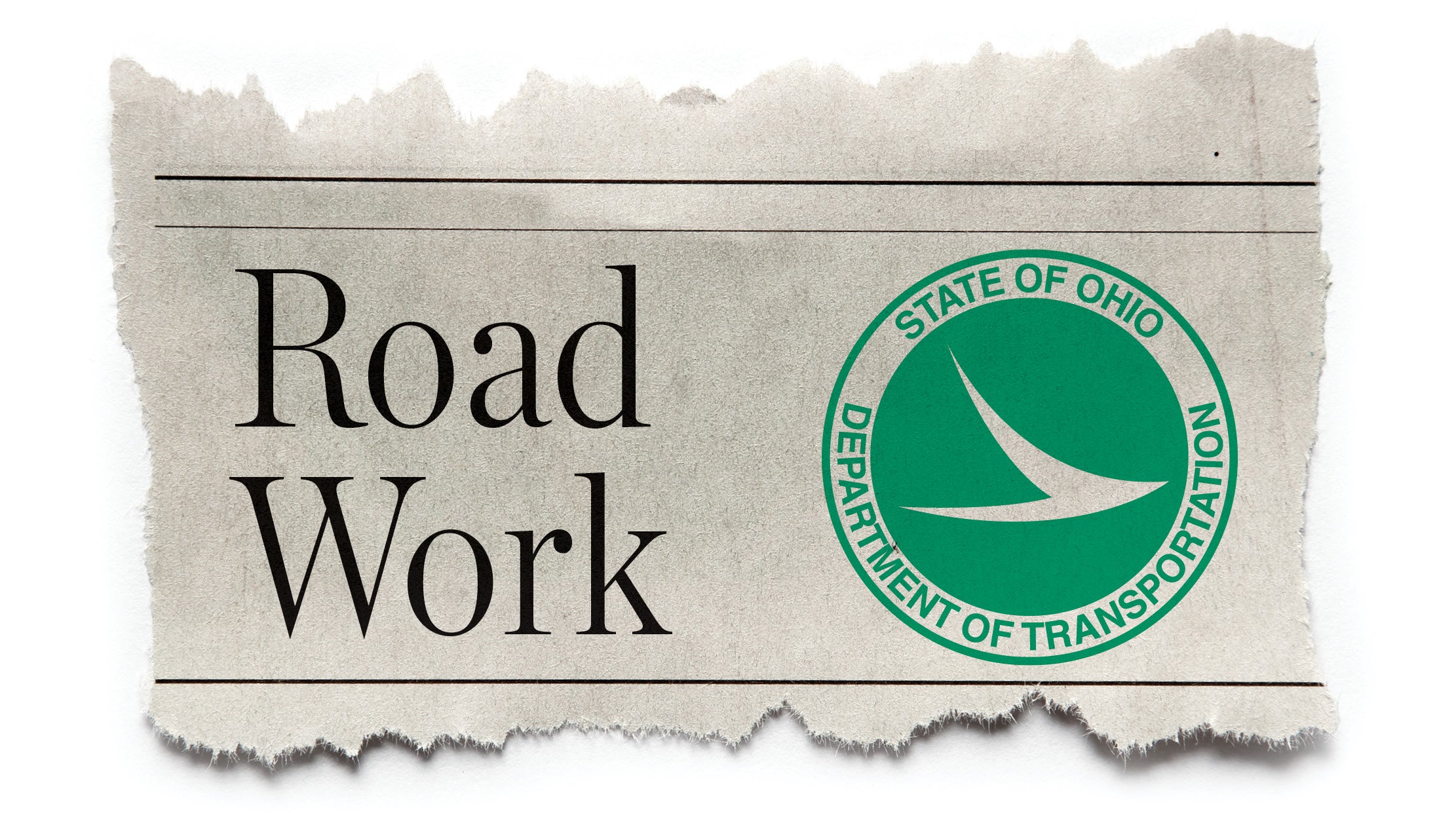A forest fire is not always a bad thing
Published 9:13 am Tuesday, March 20, 2012
PEDRO — In the famous words of Smokey Bear, “only you can prevent forest fires.” But what if the forest wants to start its own fire?
Well, the forest service, that is.
Fire management personnel for the U.S. Forest Service’s Wayne National Forest, Ironton Ranger District, are planning to conduct prescribed burning operations within the next few weeks.
“We will only burn under certain weather conditions,” Tim Slone, Ironton district ranger, said. “We consider temperature, wind speed, humidity and how well the smoke will be disbursed.”
Depending on weather conditions, the district anticipates conditions may be favorable for prescribed burning operations through April 20. Locations under consideration for a prescribed burn are Scioto County, Bloom and Vernon Townships, along with Lawrence county, Elizabeth and Decatur townships.
“One of the important things about a prescribed burn is that it is a cost effective tool for producing quality wildlife habitats,” Slone said. “The prescribed fire promotes new vegetation and it promotes oak and hickory regeneration.”
The Wayne National Forest seeks to keep oak-hickory forests from losing their dominance on the landscape in southeast Ohio. This forest type is fire dependent, which means occasional prescribed burning would help them dominate other species of trees like shade loving maple and beech.
“With prescribed burning, you maintain an oak and hickory forest which is what we want to do because they are ideal for wildlife,” Slone said.
Through the use of prescribed burning, the forest service is creating conditions that allow young oak and hickory trees to thrive. A forest with oak and hickory trees provide critical habitat to a variety of wildlife such as squirrel, deer and turkey.
Significant preparations are being taken to allow the Wayne National Forest to conduct prescribed burns, including physical visits to neighboring communities and homes to talk about the project and what residents might expect.
“There is a very low chance of something going wrong. It’s a low probability because it is so well planned and we have parameters set for the burn,” Slone said. “We will also have a physical barrier where we separate potential fuels away from the area so the fire won’t spread. We also have contingency plans in case the fire gets out.”
A prescribed burn is different from a wildfire. A wildfire is unwanted, unplanned and uncontrolled. A prescribed fire is just the opposite. Forest services wants the fire because they are using it as a tool. It is very well planned. There are a lot of people involved, Slone said.
The Wayne National Forest follows strict guidelines for conducting prescribed burns including temperature, humidity and atmosphere stability or instability, wind-direction and speed as well as smoke disbursement. If any of those conditions are not within limits, the burn will be postponed.
Follow Chris Slone on Twitter @Slone_Tribune.




